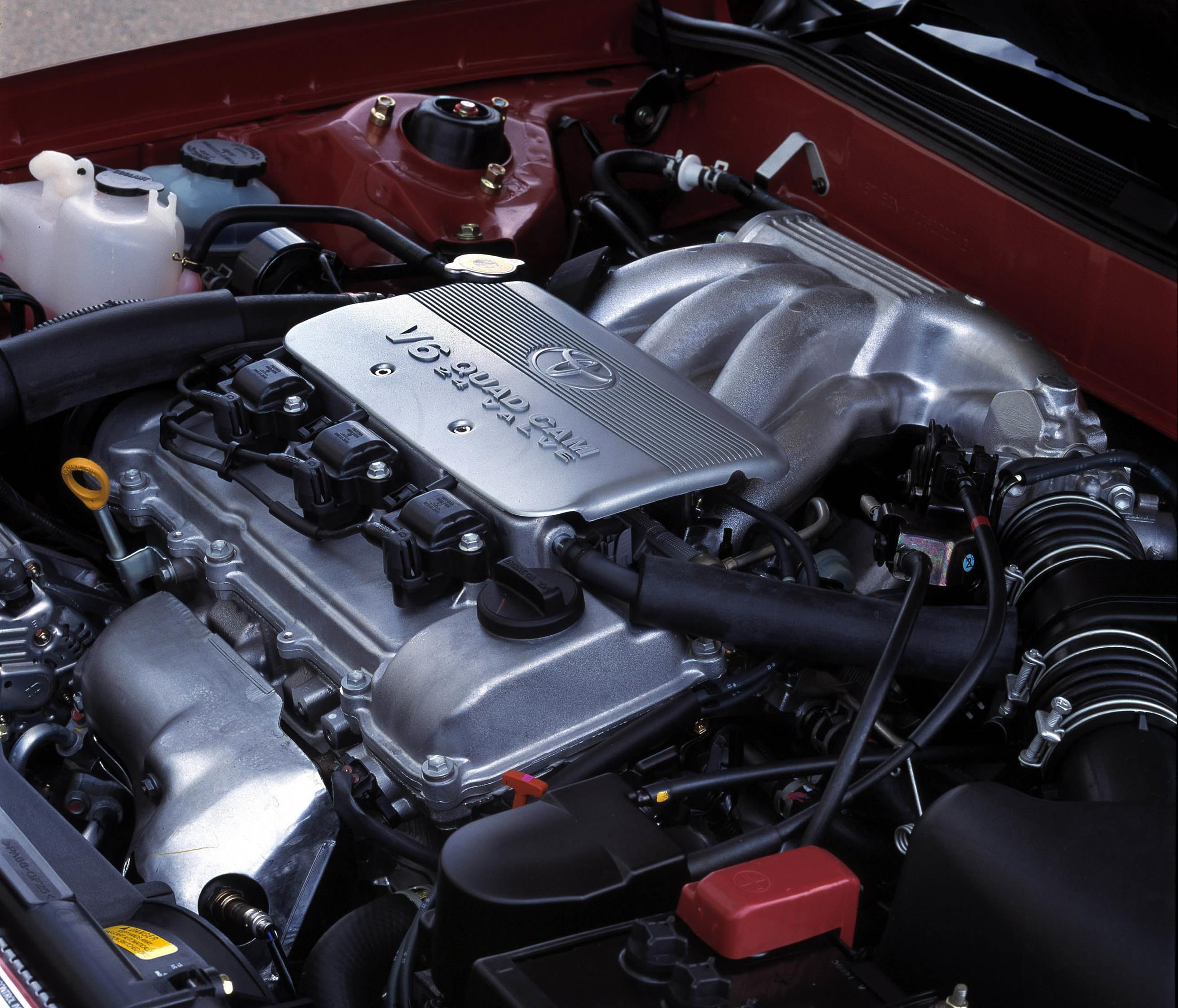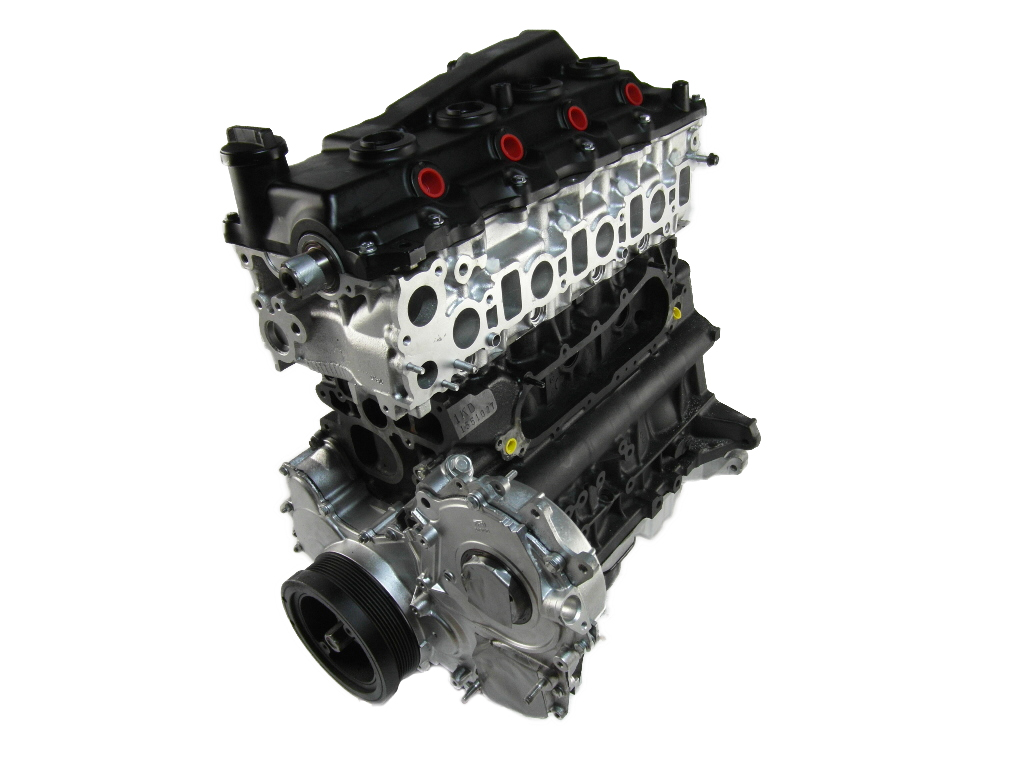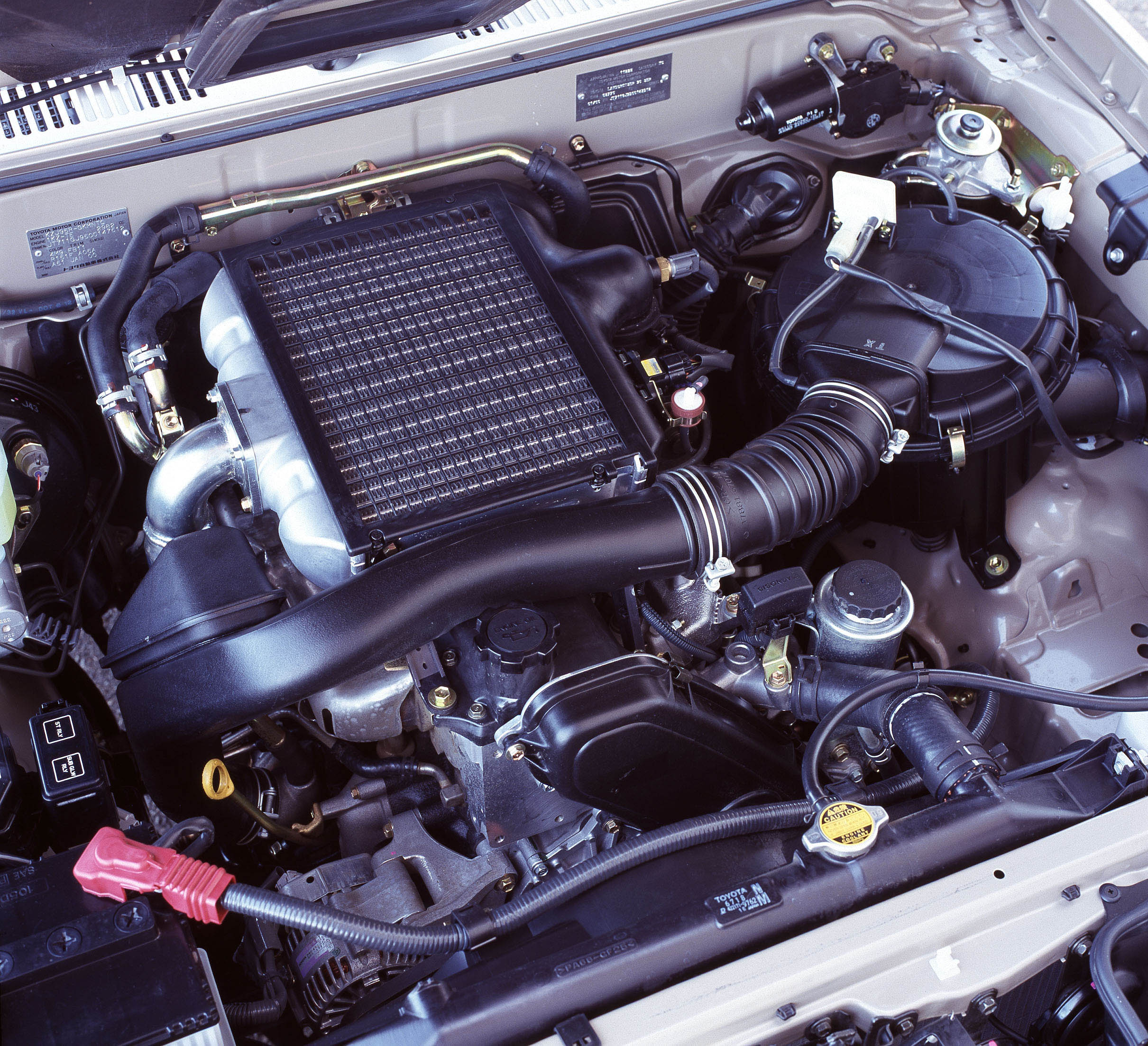Introduction
The Mercedes-Benz M256 is an inline, six-cylinder petrol engine that is part of a modular engine family with:
- The OM654 four-cylinder diesel engine;
- The OM656 inline six-cylinder diesel engine;
- The M264 turbocharged four-cylinder petrol engine; and,
- The M176 biturbo V8 petrol engine.
Significantly, the M256 engine has been designed for electrification and has both 48 and 12 volt electrical systems.
Production of the M256 engine commenced at Mercedes-Benz’s Untertürkeim plant in Baden-Württemberg in mid-2017 and debuted in the W222 S 450 and S 500 models. Effectively replacing the M276 V6 engine, the M256 is the first Mercedes-Benz inline six-cylinder petrol engine since the M104.
| M256 | M276 | |
|---|---|---|
| Configuration | I6 | V6 |
| Displacement per cylinder | 500 cc | 499 cc |
| Displacement | 2999 cc | 2996 cc |
| Cylinder spacing | 90 mm | 106 mm |
| Bore | 83 mm | 88 mm |
| Stroke | 92.4 mm | 82.1 mm |
| Bore/stoke | 1.11 | 0.93; |
| Connecting rod length | 140.5 mm | 148.5 mm |
| Rated output | Over 300 kW | 245 kW |
| Peak torque | Over 500 Nm | 480 Nm |
| Compression ratio | 10.5:1 | 10.5:1 |
Crankcase
The M256 engine has an aluminium crankcase with 83.0 mm bores and a stroke of 90 mm for a capacity of 2999 cc; like the other OM654, OM656, M264 and M176 modular engines, the cylinders are spaced at 90 mm intervals.
Within the cylinder bores, twin-wire arc spraying (TWAS) is used to apply a low-friction coating (‘Nanoslide’) that is based on an iron-carbon alloy. Since the Nanoslide coating results in a microporous surface for the cylinder walls, effective lubrication is achieved without the need for cast-iron cylinder liners. According to Mercedes-Benz, the Nanoslide coating reduces friction between the piston, piston rings and cylinder wall by up to 50 per cent and achieves a mass reduction of several kilograms.
Chain drive
The timing chain for the M256 engine is located on the flywheel side and acts directly on a sprocket attached to the crankshaft. As such, the primary chain drives the high-pressure fuel pump, the oil pump and the camshaft drive gear which, in turn, drives the exhaust camshaft; the exhaust camshaft then drives by the intake camshaft.
Cylinder head
Whereas the cylinder head for the M176 engine is produced from aluminium-zirconium alloy, the cylinder head of the M256 engine is made of an aluminium-silicon alloy. Mounted in a separate camshaft bearing housing, the two overhead camshafts operate two intake valves and two exhaust valves per cylinder via roller cam followers. The valves are arranged in parallel to optimise the cross-section and strength of the combustion plate.
48 volt and 12 volt electrical systems
The M256 engine has been designed for electrification and, as such, has 48 volt and 12 volt electrical systems –
- The 48 volt electrical system supplies power to the water pump, air conditioning compressor and the Integrated Starter-Alternator (ISG); the ISG also supplies energy to the battery by means of energy recovery. As such, the M256 engine does not have an accessory belt drive to power ancillary components and this also reduces the length of the engine; and,
- The 12 volt electrical system supplies power to vehicle lights, cockpit, infotainment and control units.
Mercedes-Benz expects that all its passenger vehicles will be ‘electrified’ in the future. The 48 volt electrical system is a development in this progression and is initially introduced as a sub-system for functions inside the engine compartment. Since a 48 volt system requires only one quarter of the current of a 12 volt system for the same power output, the wiring can also be made thinner to reduce vehicle mass.
Driven by the crankshaft, the Integrated Starter-Alternator (ISG) combines the starter motor and alternator in a single electric motor that is mounted between the engine and transmission. Functions of the ISG include:
- Boost: providing 10 kW to 15 kW of additional output during acceleration;
- Energy recovery: recovery of over 80 per cent of braking energy;
- Shifting of the load point: operation of the electric motor can enable the engine to be operated in a more favourable area of the engine map. Engine load can also be increased or decreased depending on the state of charge of the battery;
- 3S start: almost imperceptible re-starting of the engine since the 48 volt system enables the ISG to bring the engine to idle speed smoothly; and,
- A coasting function which can shut down the engine.
Electric auxiliary compressor (eZV) and turbocharger
The M256 engine has an electric auxiliary compressor (‘eZV’) and a large exhaust gas-driven turbocharger that are connected in series. According to Mercedes-Benz, the electric auxiliary compressor (eZV) guarantees immediate high torque on initial take-off and when accelerating (prior to the turbocharger commencing operation). Specifically, the electric turbocharger accelerates to 70,000 rpm within 300 ms to “eliminate’ turbo lag.
Mercedes-Benz’s particulate filter for petrol engines
With the M256 and M176 engines, Mercedes-Benz claims to be the first manufacturer to ‘opt for the large-scale use of particulate filters for petrol engines’; the M264 engine will also be equipped with a particulate filter in the future.
For the M256 and M176 engines, the particulate filter works in a similar way to the technology in diesel vehicles. Specifically, the exhaust gas stream passes through a particulate filter that has a honeycomb structure with alternately sealed inlet and outlet channels. As such, the exhaust gas is forced to flow through a porous filter wall which traps the soot. The filter can also be continuously regenerated under certain driving conditions. While Mercedes-Benz uses ceramic particulate filters of silicon carbide (SiC, also known as carborundum) in diesel vehicles, the particulate filter for petrol engines is based on cordierite, a magnesium iron aluminium cyclosilicate.
| Model | Engine | Peak power | Peak torque |
|---|---|---|---|
| 2017 W222 S 450 | 3.0-litre M256 turbo petrol I6 | 270 kW at 5500-6100 rpm | 500 Nm at 1600-4000 rpm |
| 2017 W222 S 500 | 3.0-litre M256 turbo petrol I6 | 320 kW at 5900-6100 rpm | 520 Nm at 1800-5500 rpm |


